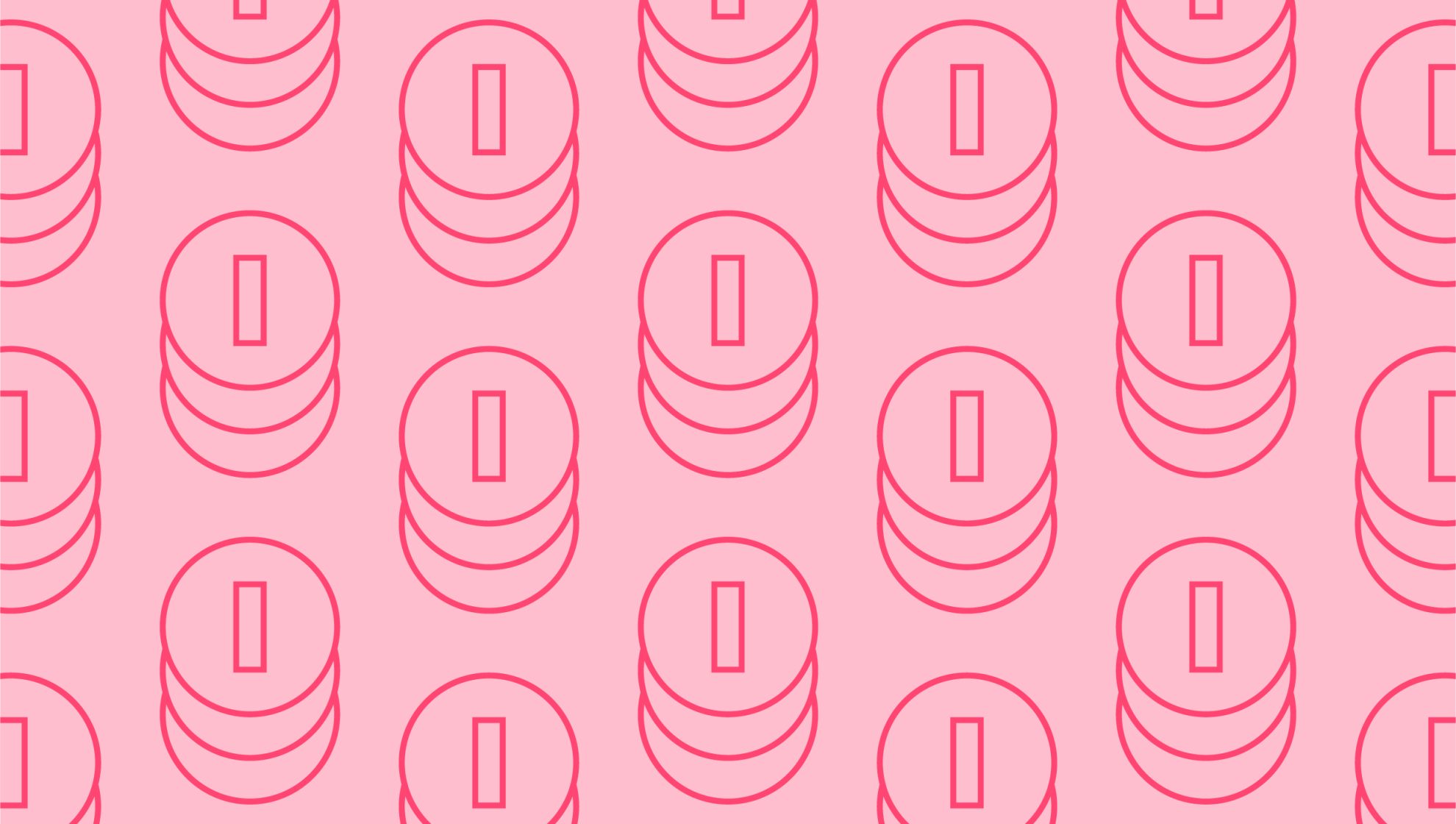
How consumer lending uses open banking
Last editedMay 20232 min read
As the financial industry evolves, open banking has emerged as a key driver of innovation and customer-centricity. In this article, we'll explore the importance of open banking in consumer lending and how it can benefit both borrowers and lenders.
Consumer lending is an essential aspect of personal finance. It allows individuals to borrow money for various purposes, such as buying a car, funding a home renovation, or paying for educational expenses. Understanding the different types of consumer lending is crucial for making informed decisions about borrowing money.
Personal loans
Personal loans are one of the most common types of consumer lending. These are unsecured loans, meaning borrowers do not have to offer collateral to secure the loan. Personal loans are typically used for debt consolidation, home improvements, or other personal expenses. The loan amount and repayment terms are based on the borrower's credit history and income.
Credit cards
Credit cards are another popular type of consumer lending. They allow consumers to borrow up to a specific credit limit, which they can repay over time or in full each month. Credit cards come with varying interest rates and fees, so it is essential to read the terms and conditions carefully before applying.
Auto loans
Auto loans are secured loans that are used to purchase a vehicle. The car serves as collateral for the loan, which means that if the borrower fails to repay the loan, the lender can repossess the car. Auto loans come with varying interest rates and repayment terms; the borrower's credit history and income determine eligibility.
Home equity loans
Home equity loans are secured loans that allow homeowners to borrow money against the equity they have in their homes. The loan amount is based on the home’s value minus any outstanding mortgage balance. Home equity loans typically have lower interest rates than other consumer loans, but they come with the risk of losing the home if the borrower fails to repay the loan.
Payday loans
Payday loans are short-term, high-interest loans typically used to cover unexpected expenses. They are usually repaid on the borrower's next payday and come with high fees and interest rates. Payday loans should be used as a last resort, as they can lead to a cycle of debt if not managed carefully.
How is open banking changing consumer lending?
Open banking is poised to disrupt the consumer lending industry by creating a more transparent, efficient, and accessible credit ecosystem.
Better credit decision-making: With open banking, lenders can access a customer's financial information in real-time, including transaction history, income, and expenses. This information can help lenders make more accurate credit decisions, assess risk more effectively, and offer more personalised loan products.
Faster loan approval: The technology can streamline the loan-approval process by eliminating customers needing to submit paper documents or provide additional information. This can significantly reduce the time borrowers take to receive loan approval and funding.
More competitive loan rates: Open banking can help lenders offer more competitive loan rates by leveraging customer data to tailor loan products and reduce the risk of default. Lenders can attract more borrowers and increase profitability by offering more personalised loan products.
Enhanced borrower experience: Open banking can improve the borrower experience by providing a more transparent and secure loan application process. Borrowers can share their financial information securely and quickly, and lenders can provide faster loan approval and funding.
Financial inclusion: Open banking can also play a vital role in financial inclusion by allowing lenders to assess creditworthiness beyond traditional credit scores. This can help underserved communities access credit and financial services, increasing economic mobility and empowerment.

